¿Cómo deshabilitar el inicio de sesión y la contraseña de activación de Windows 10?
Una de las características de seguridad más útiles de Windows 10 es mantener su computadora bloqueada al inicio y al despertar del modo de suspensión o de espera. Debe ingresar la contraseña correcta para una cuenta de usuario dada para desbloquear la computadora. Esto ayuda a mantener sus datos y su sistema a salvo de accesos no autorizados. Aunque la contraseña es fundamental por motivos de seguridad, puede parecer un poco inconveniente. Especialmente si usted es la única persona que usa la computadora en casa o en otra configuración segura. Afortunadamente, simplemente puede deshabilitar la activación o la contraseña de inicio de sesión de Windows 10.
En este artículo, veremos varios métodos para omitir las solicitudes de contraseña de inicio de sesión y pantalla de bloqueo de Windows 10.
Usando el Editor de políticas de grupo
- Eliminar la contraseña de inicio de sesión
Usando el comando netplwiz Usando el Editor de políticas de grupo
- Disable wakeup password
- From Windows 10 Settings app
- Using Group Policy Editor
- From Command Prompt
Deshabilitar la contraseña de activación
- First, you need to log in to your Windows 10 Account normally by entering the correct password or PIN.
- Search for “netplwiz” from the Windows 10 Cortana and click on the command from the results.

Buscar Netplwiz
- Alternatively, open the Windows Command Prompt (Cmd) by typing “command” in the search box. Highlight “Command prompt”, and on the right-side pane select “Run as administrator”.

Abrir símbolo del sistema
- Type “netplwiz” and press the Enter key on your keyboard to run the command.
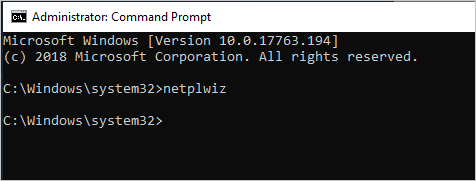
Ejecutar comando Netplwiz
- The “User Accounts” window will appear. Uncheck the box for “user must enter a username…”.
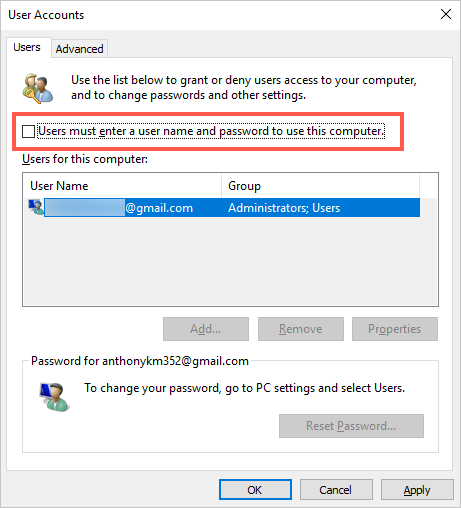
Desactivar contraseña
- Click Apply and specify the user account for which you want to disable the login password.
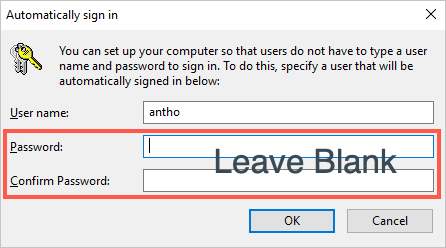
Escribir nombre de usuario
- Leave the password and confirm fields empty and click the “OK” button.
- Close the “User Accounts” wizard.
- When you boot up your PC, it will automatically login to the specified user account without having to enter the password.
Relacionado: Restablecer contraseña de administrador local de Windows 10.
Desde la aplicación de configuración de Windows 10
- Open the Windows run utility by pressing the “Win + R” keys on the keyboard, type “gpedit.msc” and click “OK”.
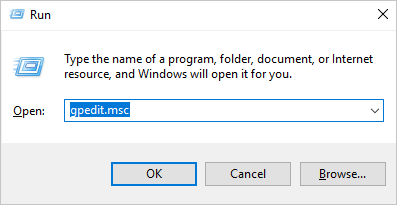
Abrir Gpedit
- Go to “Computer Configuration” and click the arrow against the “Administrative Templates” option. And then click on the “System” folder.
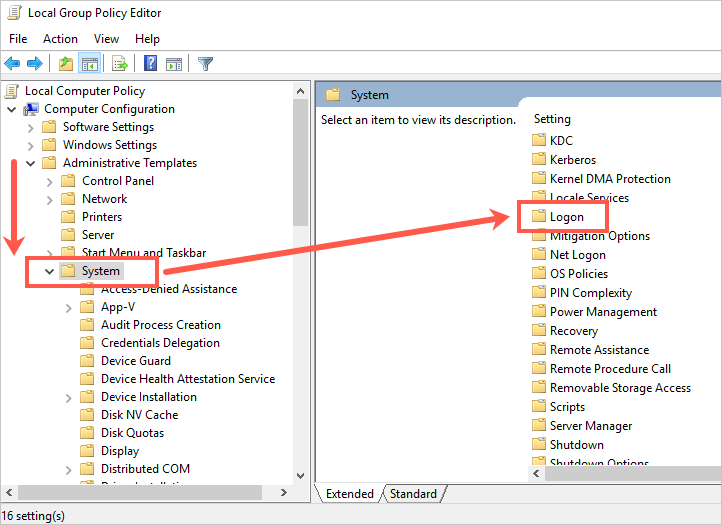
Sistema Editor de políticas
- Double-click the “Logon” folder to display the various policies. Find “Turn on convenience PIN sign-in” policy template on the right panel.
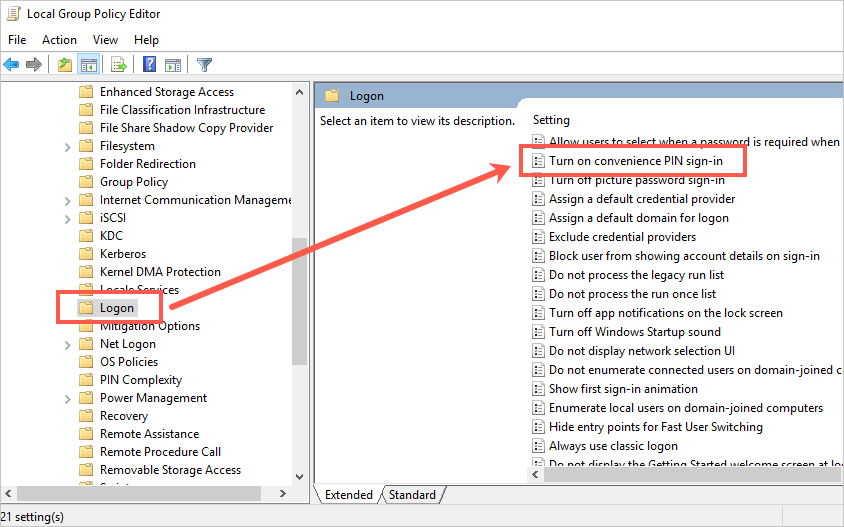
Pin Iniciar sesión
- Double-click the option and check “Disabled” from the resulting window.
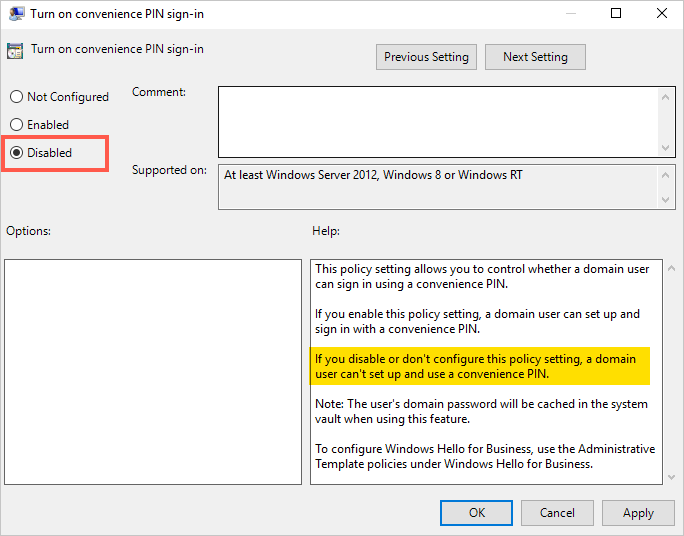
Deshabilitar PIN
- Click “Apply” and then “OK”
- This will block the user from using or setting up a sign-in PIN.
Desde la aplicación de configuración de Windows 10 Usando el Editor de políticas de grupo Desde el símbolo del sistema
Usando el Editor de políticas de grupo
- Go to the Start Menu located at the bottom-left corner of your display and click “Settings” (the gear icon) to open the settings app.
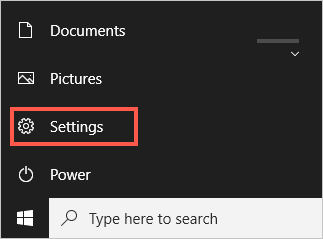
Abrir configuración
- Click on “Accounts” settings option from the app.
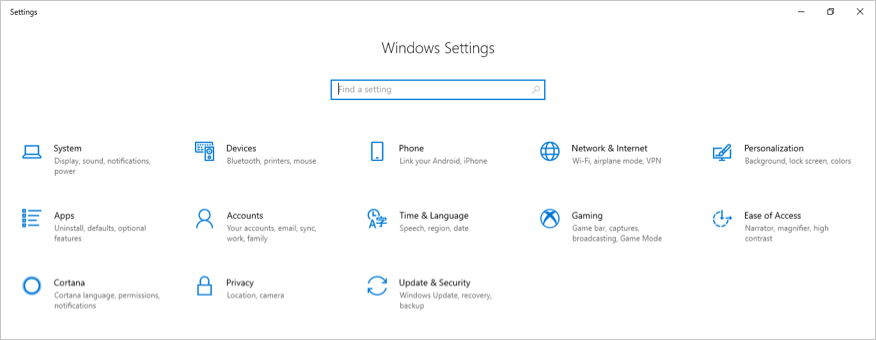
Aplicación de configuración de Windows 10
- On the left panel, click “Sign-in options”. Click the box under the title “Require Sign-in” and select “Never” from the options.
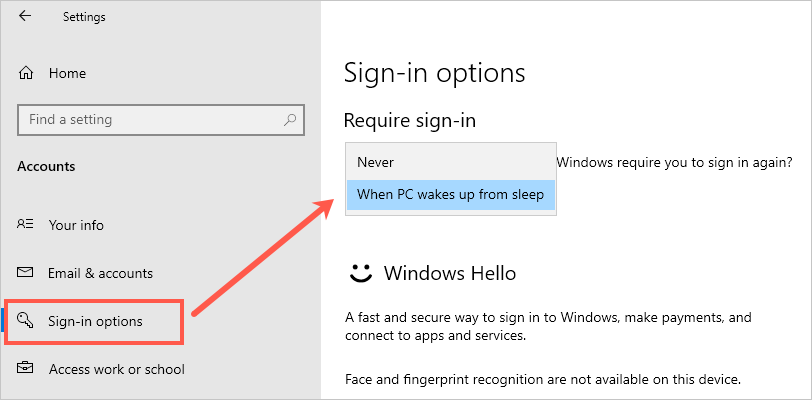
Elegir nunca
- Windows 10 will resume from sleep without asking for PIN or password.
Desde el símbolo del sistema
- Open the Run command by pressing “Win + R key command” and then type “gpedit.msc” and click the “OK” button.
- The “Local Group Policy Editor” window will open.
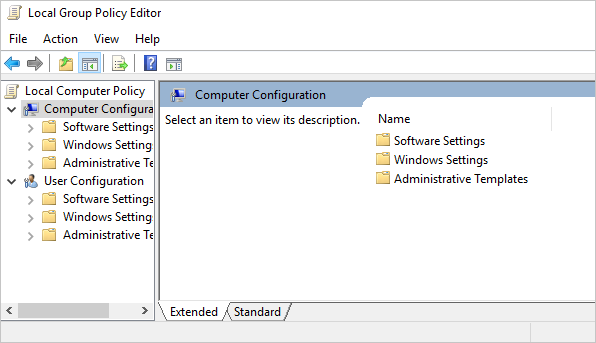
GPEditor
- Under the “Computer Configuration” category, go to “Administrative Templates” followed by “System” and then “Power Management” folder.
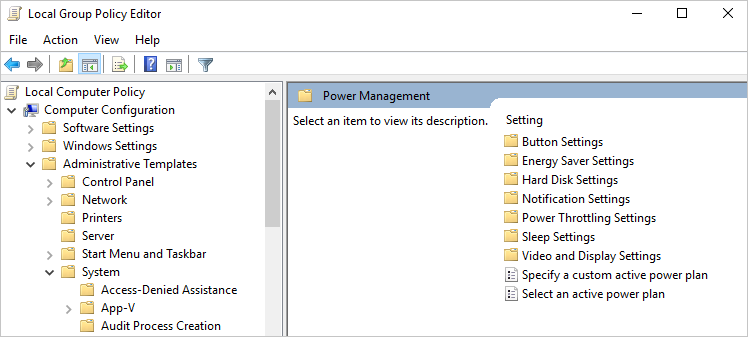
Política de administración de energía
- Double-click to open the “Sleep Settings” and look for “Require a password when a computer wakes…” policy. You will find two policies one for when “Plugged in” and another for “on battery” options.
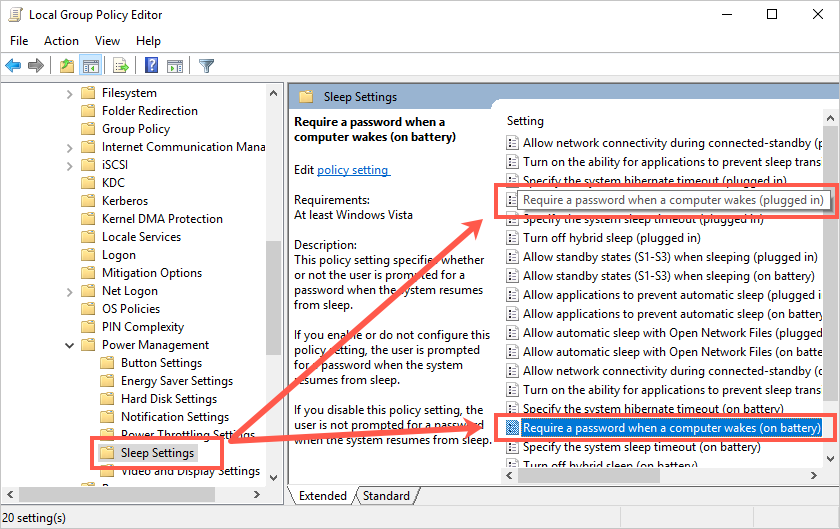
Requerir políticas de contraseña
- Double-click the first policy for plugged-in option. Check the “Disabled” radio button to disable the policy. Click “Apply” and then “OK” buttons at the bottom of the settings wizard.
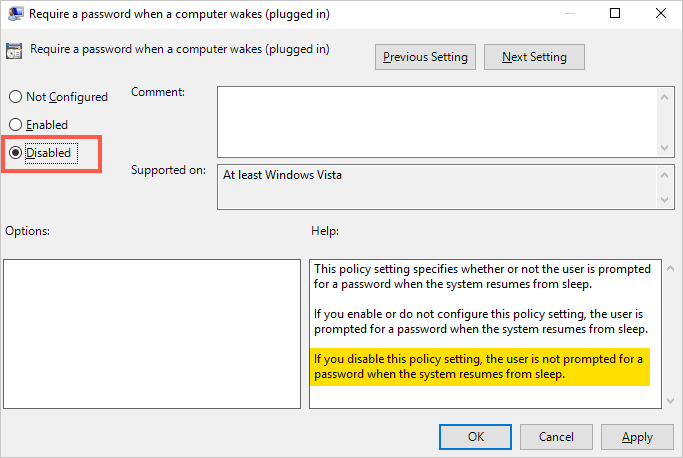
Deshabilitar política
- Repeat the same to disable password for “on battery” option when the computer is running on battery and exit the “Group Policy Editor”.
- This allows the user to log in without a password whether the computer is plugged-in to a power source or using the battery.
Nota: Puede habilitar la contraseña siguiendo el mismo proceso para editar la política y seleccionar «No configurado».
Primero, debe iniciar sesión en su cuenta de Windows 10 normalmente ingresando la contraseña o el PIN correctos.
En Windows 10 Home edition , la opción (2) anterior no está disponible pero puede usar el Símbolo del sistema en su lugar.
- Search for “Command Prompt” from the Cortana and from the results click “Run as administrator” on the right pane.
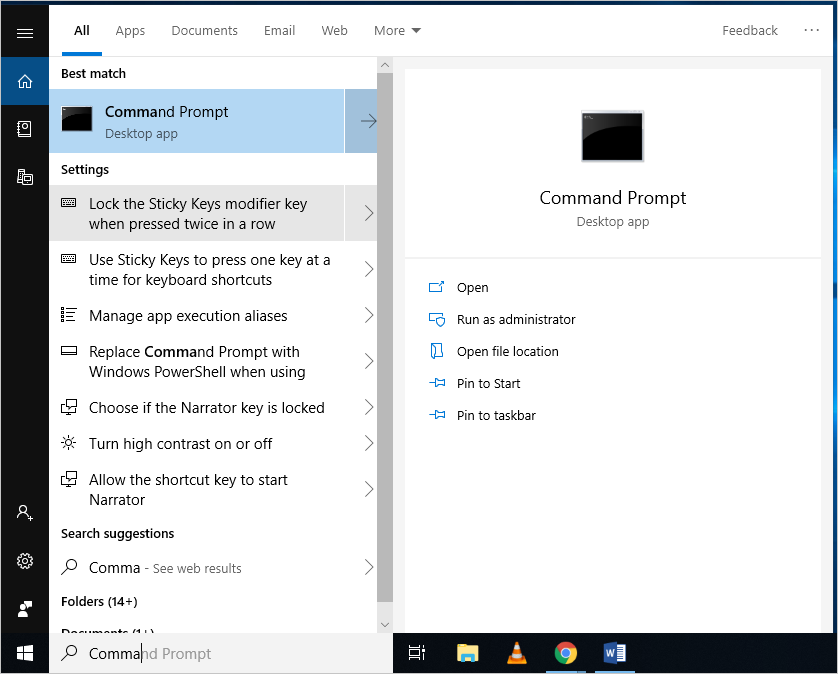
Abrir Símbolo del sistema
- Type the following command to bypass sign-in for plugged in option and enter:
powercfg /SETACVALUEINDEX SCHEME_CURRENT SUB_NONE CONSOLELOCK 0
- Type the following command and hit enter key to bypass sign-in for on battery option
powercfg /SETDCVALUEINDEX SCHEME_CURRENT SUB_NONE CONSOLELOCK 0

Comando de potencia
- To undo the settings, but replace the “0” at the end of the commands with “1”.
Nota: “ AC” en el primer comando especifica cuando la PC funciona con corriente alterna (conectada a una fuente de alimentación) mientras que “DC” en el segundo comando especifica cuando la PC funciona con corriente continua (alimentada por batería).
Busque «netplwiz» en Windows 10 Cortana y haga clic en el comando de los resultados.
Es importante tener una contraseña para su PC con Windows 10 para evitar el acceso no autorizado. Esta es una de las características de seguridad más efectivas, especialmente si está manejando datos confidenciales o si necesita mantener su privacidad. Sin embargo, tener que iniciar sesión con una contraseña al iniciar o activar la computadora puede ser innecesario y lento. Puede usar uno de los métodos anteriores para deshabilitar el inicio de sesión o la contraseña de bloqueo de pantalla en Windows 10.



















